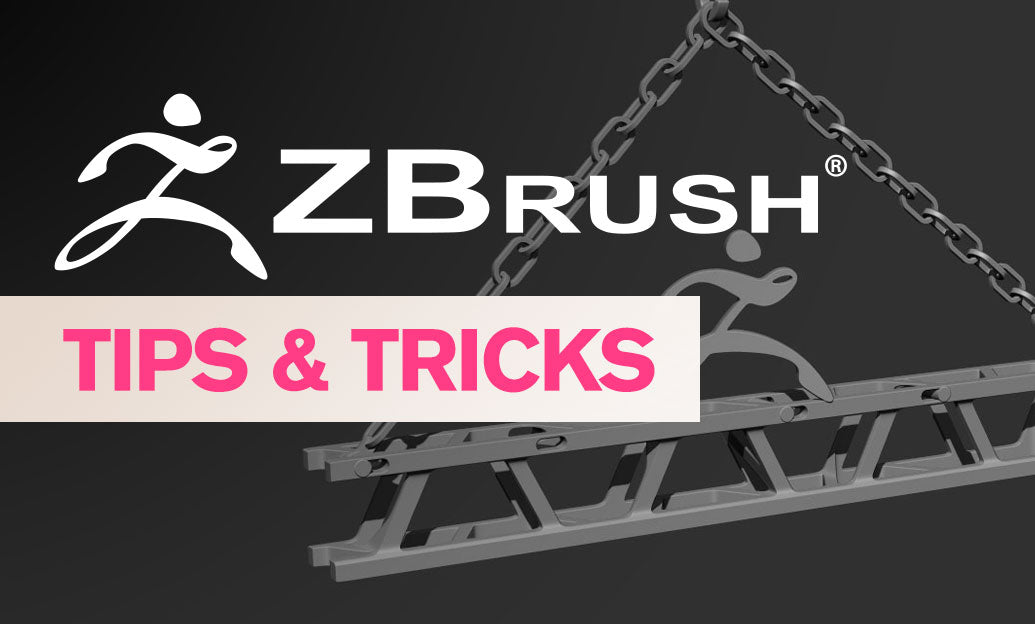Your Cart is Empty
Customer Testimonials
-
"Great customer service. The folks at Novedge were super helpful in navigating a somewhat complicated order including software upgrades and serial numbers in various stages of inactivity. They were friendly and helpful throughout the process.."
Ruben Ruckmark
"Quick & very helpful. We have been using Novedge for years and are very happy with their quick service when we need to make a purchase and excellent support resolving any issues."
Will Woodson
"Scott is the best. He reminds me about subscriptions dates, guides me in the correct direction for updates. He always responds promptly to me. He is literally the reason I continue to work with Novedge and will do so in the future."
Edward Mchugh
"Calvin Lok is “the man”. After my purchase of Sketchup 2021, he called me and provided step-by-step instructions to ease me through difficulties I was having with the setup of my new software."
Mike Borzage
Revit Tip: Enhancing Revit Models with Efficient Detail Components Usage
July 04, 2024 2 min read

Detail components are essential for adding the finer elements to your Revit models that make them appear more accurate and realistic. Unlike model components that are geometry-based and can impact performance when overused, detail components are view-specific and do not add to the file size or slow down your model. Here is how you can enhance your Revit model with detail components:
- Choose the Right Detail Level: Before you start, ensure your view is set to the appropriate detail level—coarse, medium, or fine. Detail components will only show in medium or fine views.
- Use Detail Components for 2D Enhancements: Apply detail components in sections, elevations, or other detail views where additional information is necessary. They are perfect for representing complex elements like brick patterns, roof shingles, or tile layouts.
- Customize Your Library: Revit comes with a library of detail components, but you can also create your own to suit specific project needs. Use the Family Editor to modify existing components or create new ones from scratch.
- Manage Scale Sensitively: Since detail components do not scale automatically, it is important to create and manage them at the scale that the particular view will be plotted.
- Attach to Repeatable Elements: Use detail components in conjunction with repeating elements, like mullions or studs, to quickly add detail across your model where it repeats.
- Layering: Consider layering detail components to achieve a more complex representation, such as combining a hatch pattern with a detail component to represent materials like roofing or flooring.
- Annotate for Clarity: Combine detail components with text notes and dimensions to clearly convey construction details. This is useful in creating detailed drawing sheets.
- Snap to Model Geometry: Use the 'snap' function to accurately place your detail components in relation to the model geometry. This ensures that they are precisely located and maintain relative positioning if the model is updated.
- Performance: Detail components are an excellent way to add detail without compromising model performance. Since they don't increase model complexity, they're a best practice for complex projects.
Optimizing your use of detail components can significantly enhance the quality of your construction documents. For a vast selection of Revit resources and to enhance your Revit toolset, consider visiting NOVEDGE, a leading online software store for design professionals. From plugins to training materials, NOVEDGE has a range of products to support your Revit projects.
You can find all the Revit products on the NOVEDGE web site at this page.
Also in Design News

ZBrush Tip: Enhancing Fabric Sculpting Skills in ZBrush: Tips and Techniques
October 22, 2024 2 min read
Read More
V-Ray Tip: Mastering Subsurface Scattering in V-Ray for Realistic Rendering
October 22, 2024 2 min read
Read More
AutoCAD Tip: Efficiently Integrating PDF Underlays into AutoCAD Workflows
October 22, 2024 2 min read
Read MoreSubscribe
Sign up to get the latest on sales, new releases and more …


